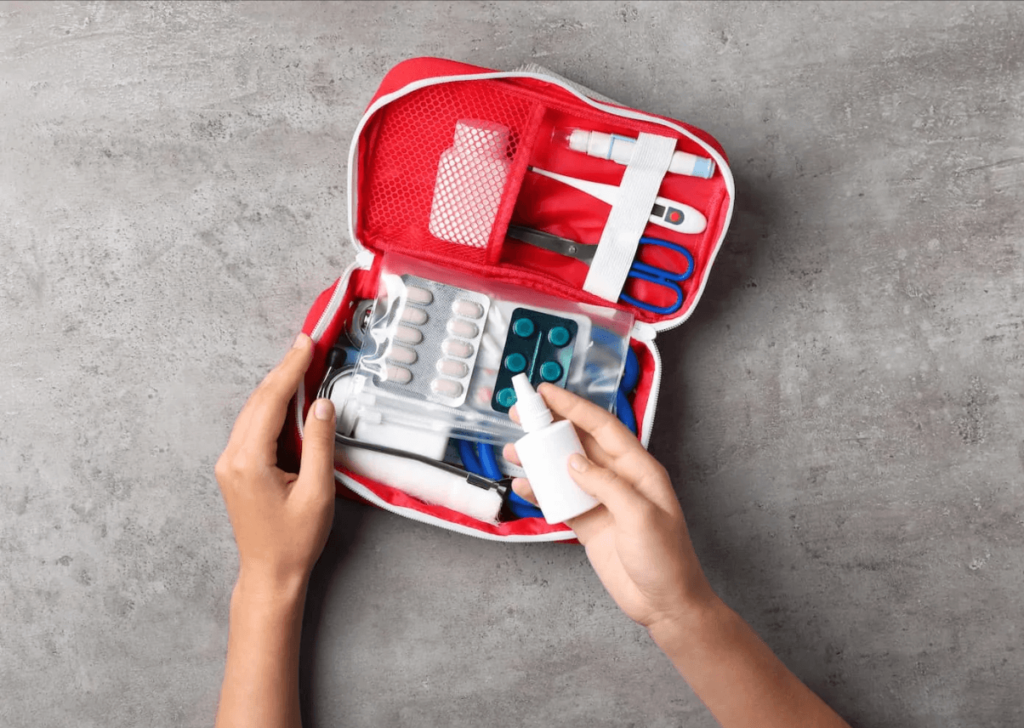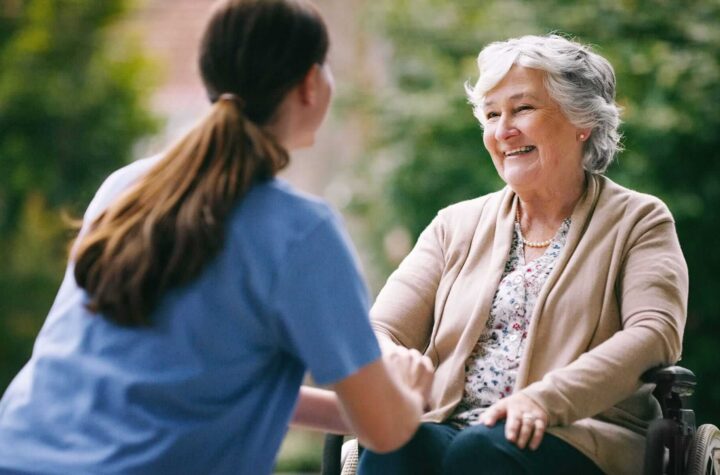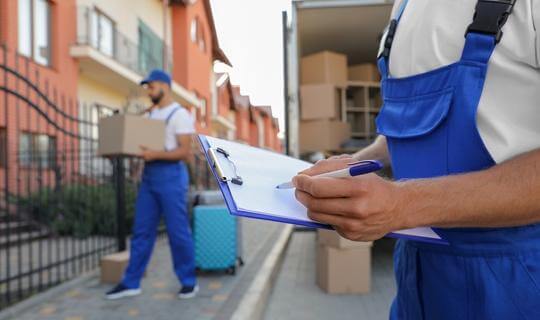
No matter how careful you are, minor and major accidents can occur in the home. Whether you’ve cut your finger on the lid of a can or burned yourself from the kettle, having a well-stocked first aid kit at your disposal is critical for treating common injuries. Should a serious emergency strike, your first aid kit can be used to stop any bleeding and give you extra time to seek help.
If you live alone, with a partner, or have young children, here is a guide on how to build a home first aid kit.
Purchase the Basics
When it comes to building a home first aid kit, there are many essentials that you should purchase. These include plasters in all different shapes and sizes, triangular bandages, safety pins, and at least two sterile eye dressings. You must also buy disposable gloves, alcohol-free cleansing wipes, scissors, and tweezers. Other essential items include painkillers like ibuprofen and paracetamol, antiseptic cream, and spray to relieve insect stings and bites.
For those who need extra guidance, it’s wise to have a basic first-aid instruction booklet or manual in your kit which will outline how to use certain items effectively. Any medicines in your kit must be regularly checked to ensure they haven’t passed their use-by date.
Additional Items
In addition to the items above, there are other things you can pack into your first-aid kit which will mean you’re prepared for any eventuality. These include a face shield, burn dressings and a roll of microporous tape.
If there isn’t any room in your first aid kit to store these products, they can be housed separately. You can go one step further and purchase another first aid kit that can be stored in your car. This means when you’re travelling for work or leisure, you will have the essentials with you should you encounter an emergency like a car crash.
Replenish Regularly
Once you’ve purchased everything you need for your home first aid kit, it’s important that you keep an eye on what’s inside. If you use plasters, bandages, and dressings, for example, they will need to be replenished. The last thing you want is for an emergency to strike to find you’ve run out of what you need.
Replenishing your first aid kit costs money, so it’s important to get the best deals at the cheapest price for all your medical equipment. Taking 10 minutes out of your day to go through your first aid kit will give you peace of mind that you have everything you need. If you’re not sure whether you’ve got something in stock, using a checklist can help.
Accidents in the home can and do occur, so in the event of an emergency, having a fully stocked home first aid kit at hand will mean you can quickly deal with injuries. Make sure your first aid kit is locked and stored in a dry, cool place out of sight of children. You should also have a first aid kit in your car for an extra layer of protection.




More Stories
What To Expect From A Nursing Care Home
The Quest for the Best Hash Online in Canada: Tips and Tricks
Ensuring Security and Accessibility in Care Homes